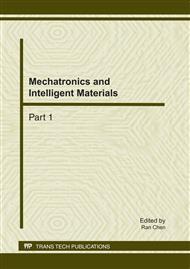p.31
p.36
p.40
p.48
p.57
p.62
p.68
p.72
p.78
Influence of Outer Rubber Bushing Stiffness of the Lateral Rod on Multi-Link Independent Suspension Performance
Abstract:
Rear multi-link suspension is built according to hard point parameters of a car. After the inner rubber bushing stiffness of the lateral rod is changed, the suspension performance were analyzed under the simulation test of parallel wheel travel, loading brake force and discussed with multi-body dynamics and Suspension Kinematics theory. The conclusion is drawn that under the test of loading brake force and wheel travel, changing the axial and torsion stiffness of rubber bushing has no effect on the suspension performance, changing the radial stiffness has a little effect on the camber angle, total track and toe angle. But the change of the radial stiffness has significant effect on the ride rate and wheel rate.
Info:
Periodical:
Pages:
57-61
Citation:
Online since:
February 2011
Authors:
Price:
Сopyright:
© 2011 Trans Tech Publications Ltd. All Rights Reserved
Share:
Citation:


